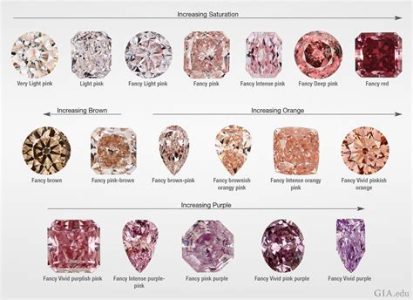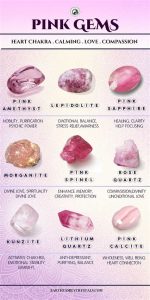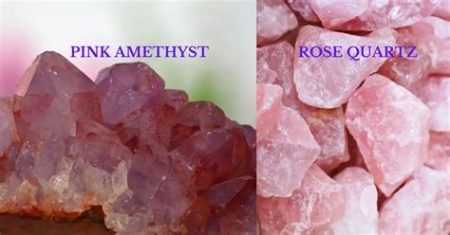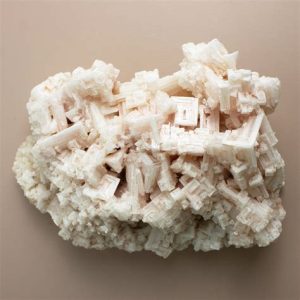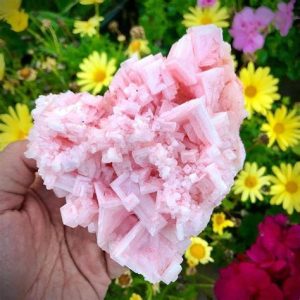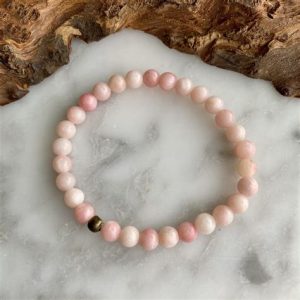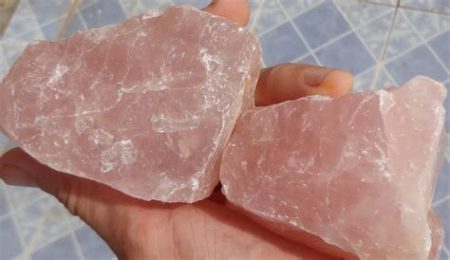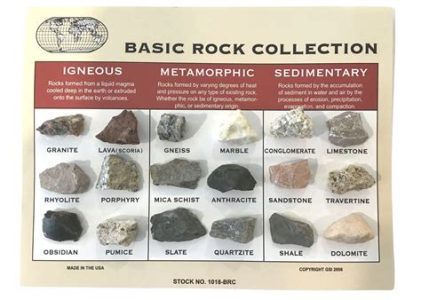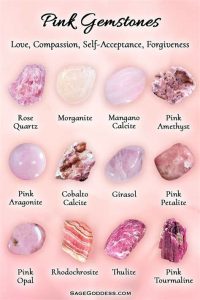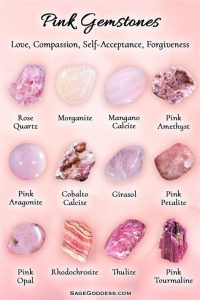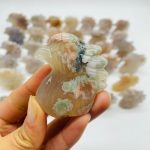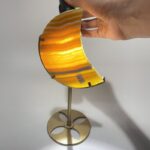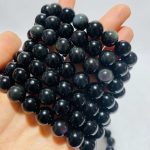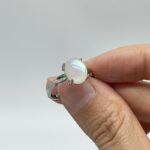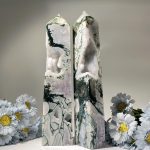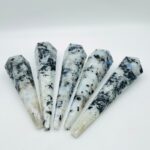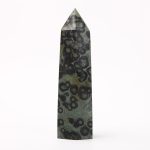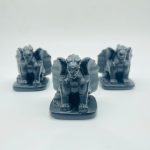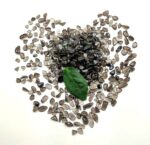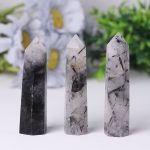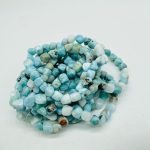Amethysts, with their captivating purple hues, rank among the world’s most captivating and coveted gemstones. Their value fluctuates based on several factors, including quality, carat weight, clarity, and color intensity. Understanding these parameters will equip you to make informed purchasing decisions and appreciate the multifaceted world of amethyst valuation.

1. Quality: The Essence of Value
The quality of an amethyst directly influences its worth. Gemstones are meticulously graded on a scale ranging from “AA” (the highest) to “B” (the lowest). Higher-grade amethysts exhibit unparalleled clarity, brilliance, and depth of color, commanding a premium price.
2. Carat Weight: Size Matters
Carat weight signifies the size of an amethyst. Each carat equates to 0.2 grams, and larger amethysts generally fetch higher prices. However, size is not the sole determinant of value; a smaller stone with exceptional quality may surpass a larger stone with inferior attributes.
3. Clarity: A Window to Perfection
Clarity refers to the presence or absence of imperfections within an amethyst. Inclusions, such as cracks or tiny crystals, can diminish a stone’s value. Flawless amethysts, with no visible imperfections, are highly prized and command a significant premium.
4. Color Intensity: The Symphony of Purple
Amethysts derive their allure from their unique purple hue. The intensity of the color is a key factor in determining value. Deep, vibrant purples are highly desired and fetch higher prices, while pale or grayish amethysts are less valuable.
5. Origin and Treatment: Factors to Consider
The origin of an amethyst can also impact its worth. Amethysts from specific regions, such as Brazil or Zambia, are renowned for their exceptional quality and command higher prices. Additionally, treatments like heat enhancement or color enhancement can affect the value of an amethyst, typically resulting in a lower price point.
Amethyst Price Range: A Spectrum of Value
The price range for amethysts is diverse, spanning from a few dollars per carat for lower-quality stones to several thousand dollars per carat for exceptional specimens. Prices fluctuate based on the aforementioned factors, with higher-quality amethysts commanding a significant premium.
Amethyst VS Diamond: A Comparative Analysis
While both amethysts and diamonds are highly sought-after gemstones, their value trajectories differ significantly. Diamonds, renowned for their exceptional brilliance and durability, are generally more valuable than amethysts. However, exceptional amethysts with rare color intensity or unique characteristics can occasionally rival the value of lower-grade diamonds.
Comparison Table: Amethyst VS Diamond
| Attribute | Amethyst | Diamond |
|---|---|---|
| Rarity | Common | Rare |
| Color | Purple | Colorless to yellow |
| Clarity | Often included | Typically flawless |
| Hardness | 7 (Mohs scale) | 10 (Mohs scale) |
| Value | $10-$5,000 per carat | $5,000-$100,000 per carat |
Cutting Styles: Unveiling the Beauty of Amethyst
The cut of an amethyst significantly enhances its brilliance and beauty. Skilled artisans employ diverse cutting techniques to create a wide array of shapes, including:
- Round brilliant: Classic and timeless, showcasing the stone’s clarity and sparkle
- Oval: Elongated and elegant, flattering most jewelry designs
- Cushion: Square or rectangular with rounded corners, offering a balance between brilliance and durability
- Princess: Square-shaped with sharp corners, exuding a modern and sophisticated appeal
- Emerald: Rectangular with beveled edges, ideal for displaying the stone’s rich color
Grading Scales: A Guide to Amethyst Quality
Industry-recognized grading scales provide a standardized method for assessing the quality of amethysts. The most widely used scale is the Gemological Institute of America (GIA) grading system, which evaluates gemstones based on four primary factors:
- Color: Ranging from “Fancy Vivid” (the most intense purple) to “Light” (the lightest shade of purple)
- Clarity: Graded on a scale from “Flawless” (no visible inclusions) to “Included” (inclusions visible to the naked eye)
- Cut: Assesses the symmetry, proportions, and polish of the stone, ranging from “Excellent” to “Poor”
- Carat Weight: Indicates the weight of the stone in carats
Tips and Tricks for Savvy Amethyst Buyers
- Research and educate yourself: Acquire knowledge about amethyst properties, grading standards, and market trends.
- Consult reputable jewelers: Seek advice from reputable and experienced jewelers who can provide expert guidance.
- Request certification: Obtain a certification from a reputable gemological laboratory, such as GIA, to ensure the authenticity and quality of your amethyst.
- Compare prices: Gather quotes from multiple jewelers to ensure you’re getting a fair price.
- Inspect the stone thoroughly: Examine the amethyst carefully under different lighting conditions to assess its clarity and color intensity.
Common Mistakes to Avoid When Purchasing Amethysts
- Overpaying for low-quality stones: Educate yourself to avoid paying a premium for amethysts with inferior characteristics.
- Neglecting certification: Avoid purchasing amethysts without certification, as it’s crucial for verifying authenticity and quality.
- Mistaking color intensity for quality: While intense color is desirable, it should not be the sole determining factor of quality. Consider other attributes such as clarity and cut.
- Assuming size equals value: Large amethysts may not always be more valuable than smaller stones with superior quality.
- Trusting unreliable sources: Purchase amethysts from reputable and certified jewelers to guarantee authenticity and ethical practices.
How to Step-by-Step Approach to Evaluating Amethysts
- Examine the color: Assess the depth and intensity of the purple hue. Deep, vibrant colors are more valuable.
- Inspect the clarity: Hold the amethyst up to a light source to check for inclusions or imperfections. Flawless stones are highly prized.
- Check the cut: Evaluate the symmetry, proportions, and polish of the stone. Excellent cuts enhance brilliance and beauty.
- Determine the carat weight: Weigh the stone in carats using a digital scale or consult a jeweler. Larger stones may be more valuable.
- Research the origin: Inquire about the amethyst’s origin, as certain regions produce higher-quality stones.
- Obtain certification: Request a certification from a reputable gemological laboratory to verify the stone’s authenticity and quality.
Pros and Cons of Investing in Amethysts
Pros:
- Beauty and allure: Amethysts are renowned for their captivating purple hues and timeless elegance.
- Affordable: Compared to other gemstones, amethysts are relatively affordable, making them accessible to a wider range of consumers.
- Versatility: Amethysts are suitable for a wide range of jewelry designs, from classic to contemporary.
- Spiritual significance: Amethysts are believed to promote tranquility, spirituality, and inner peace.
Cons:
- Lower value compared to diamonds: Amethysts are generally less valuable than diamonds, which may affect their investment potential.
- Susceptibility to wear and tear: Amethysts have a hardness of 7 on the Mohs scale, making them more susceptible to scratches and damage than harder gemstones.
- Abundance: Amethysts are relatively common gemstones, which can limit their rarity and value.
FAQs: Amethyst Enlightenment
- What is the most valuable amethyst color? Deep, vibrant purples are the most valuable amethyst colors.
- How can I tell if an amethyst is natural? Natural amethysts often have inclusions or color zoning, while treated amethysts may appear more uniform.
- What are the most popular amethyst cuts? Round brilliant, oval, cushion, and princess cuts are the most popular amethyst shapes.
- How can I care for my amethyst jewelry? Clean amethysts with mild soap and water, avoiding harsh chemicals or ultrasonic cleaners.
- What is the metaphysical significance of amethysts? Amethysts are believed to promote tranquility, balance, and spiritual growth.
- How can I invest in amethysts? Purchase high-quality, certified amethysts from reputable dealers or invest in amethyst-based jewelry.
- What factors affect the value of amethysts? Quality, carat weight, clarity, color intensity, and origin all influence the value of amethysts.
- How can I identify a fake amethyst? Consult a reputable jeweler or gemologist to verify the authenticity of an amethyst.
Conclusion: Unraveling the Allure of Amethysts
Amethysts, with their enigmatic purple hues, have captivated the hearts of gem enthusiasts for centuries. While their value fluctuates based on various factors, understanding the nuances of amethyst valuation empowers you to make informed purchasing decisions and appreciate the beauty, versatility, and allure of this captivating gemstone. From exquisite jewelry to spiritual adornments, amethysts continue to enchant and inspire, making them a timeless treasure in the world of gemstones.

